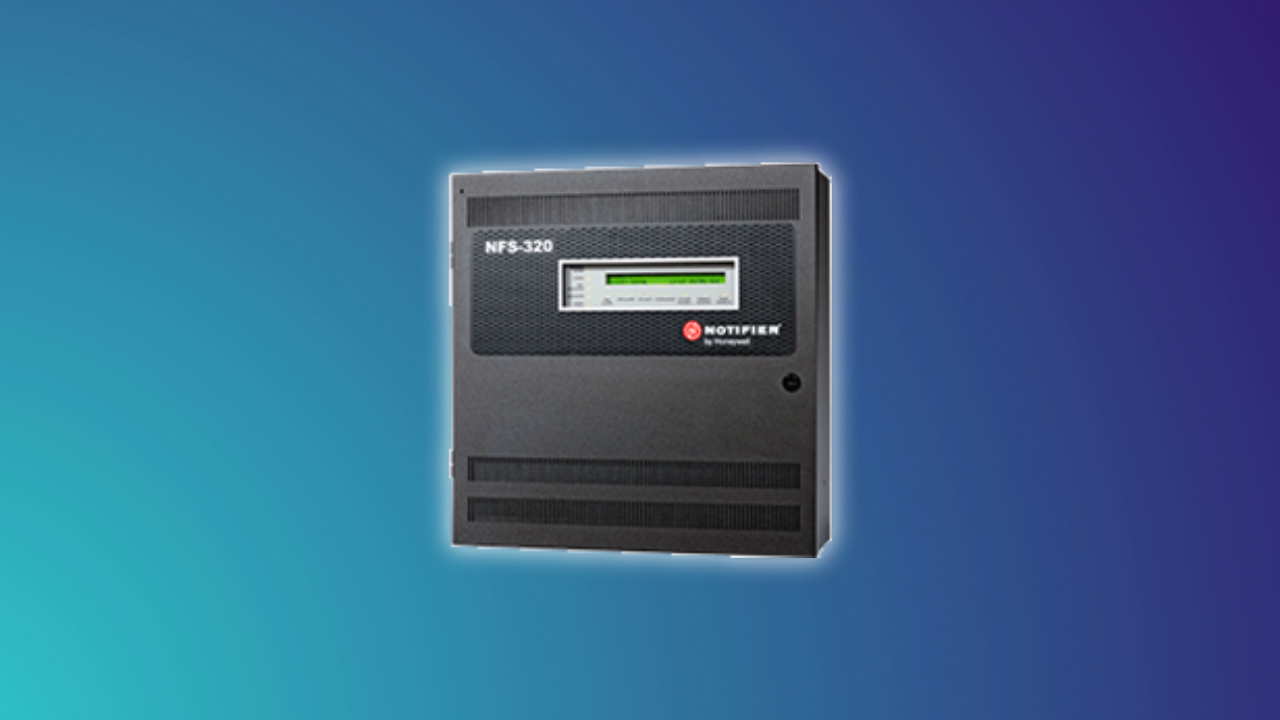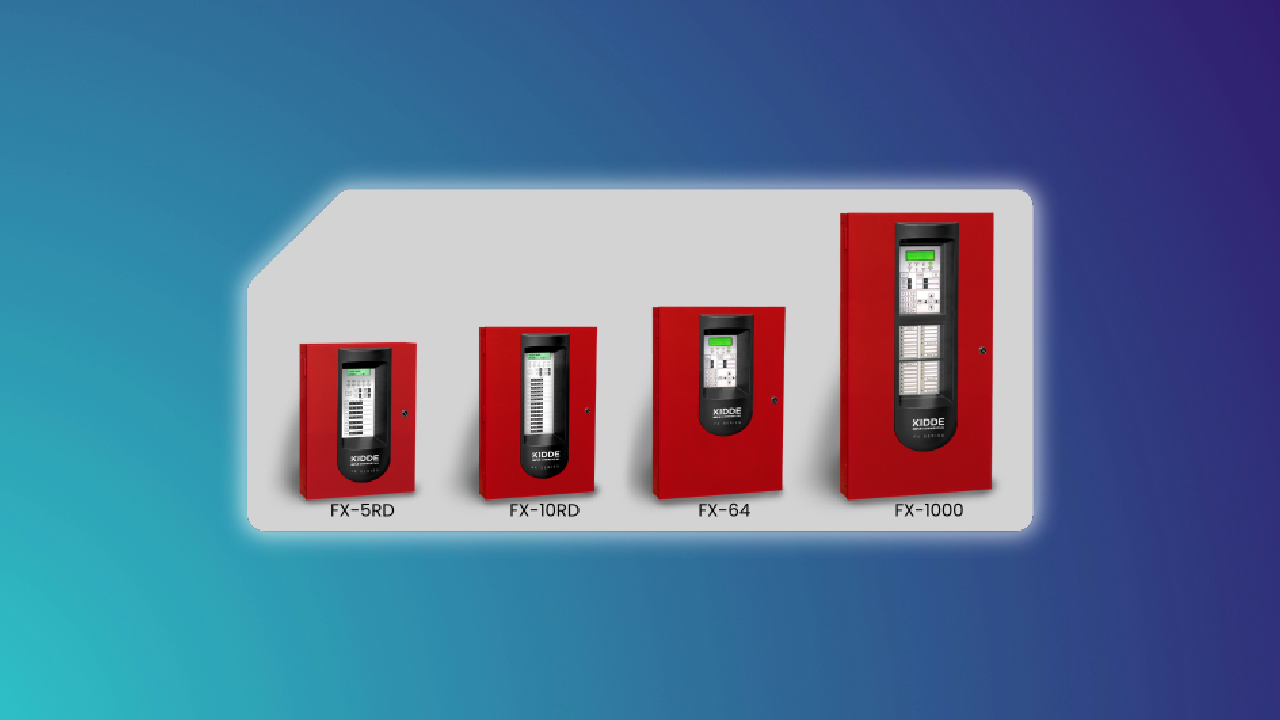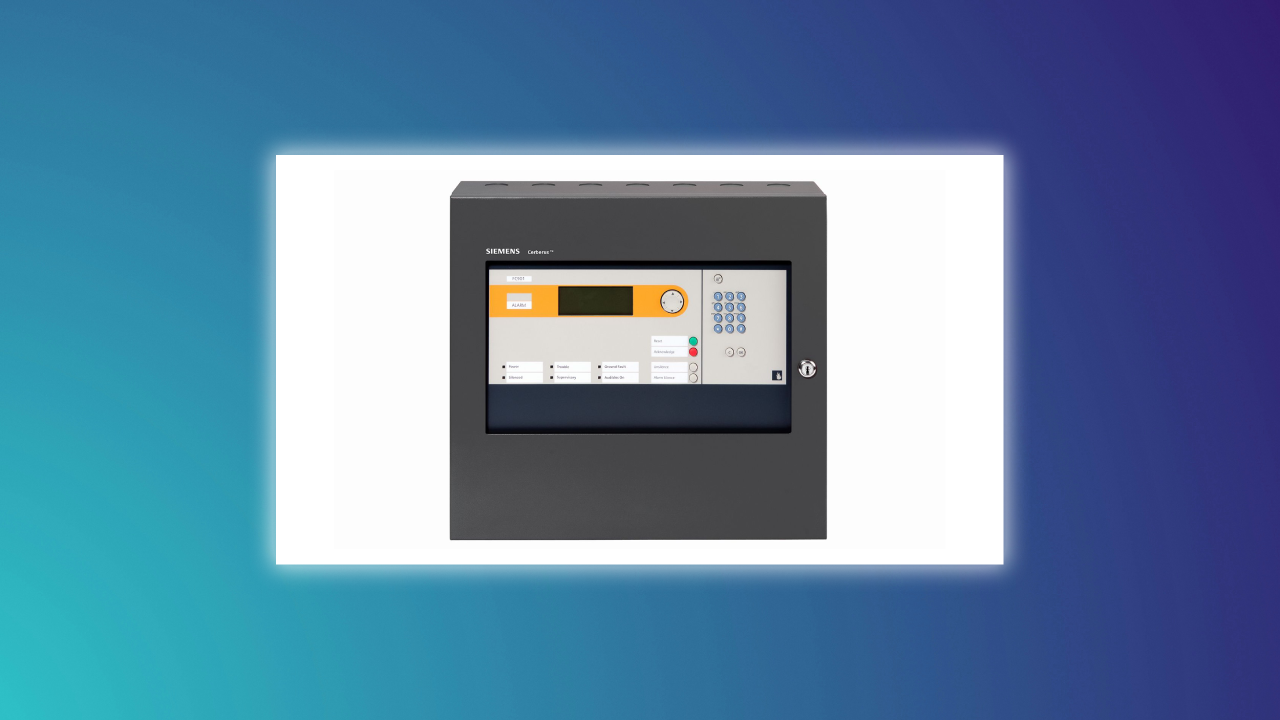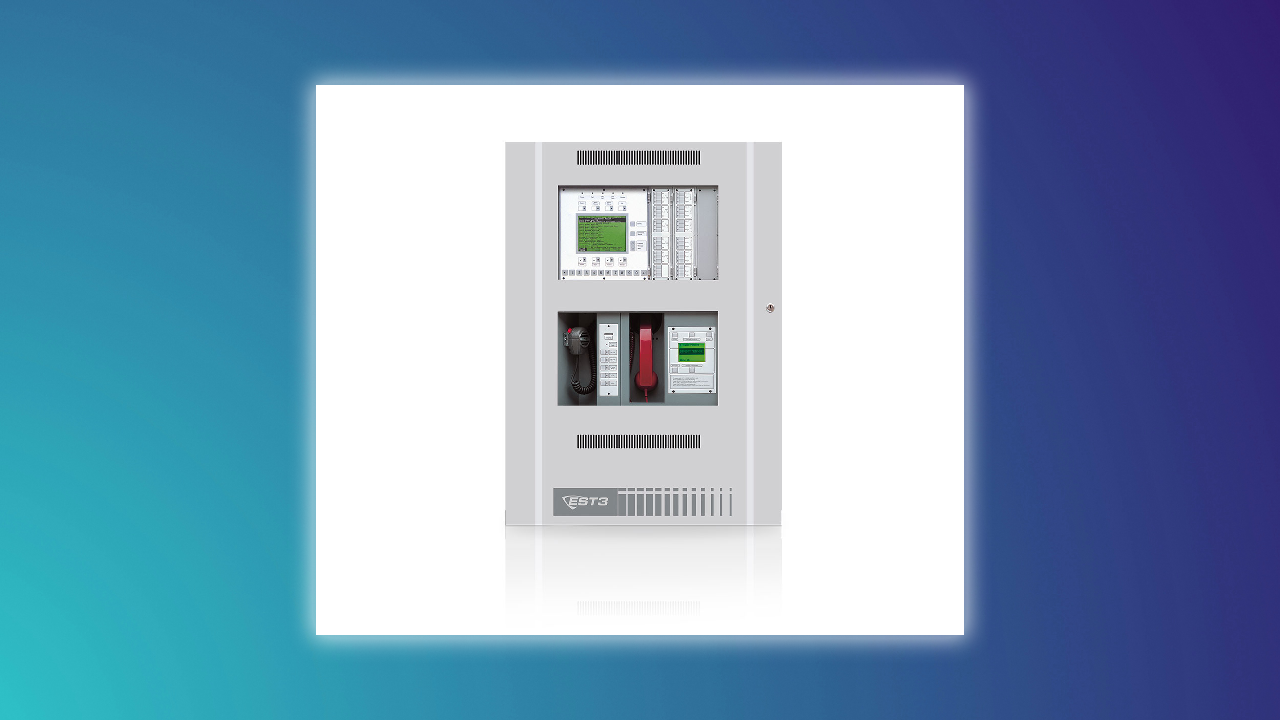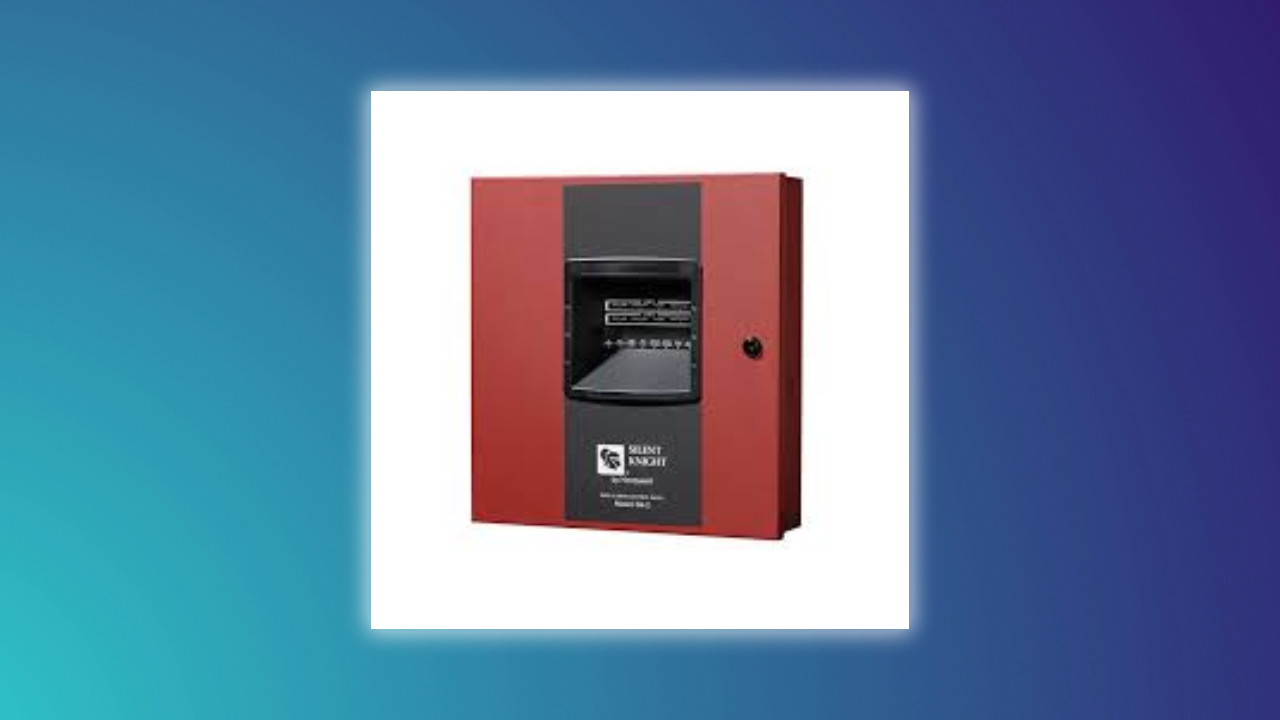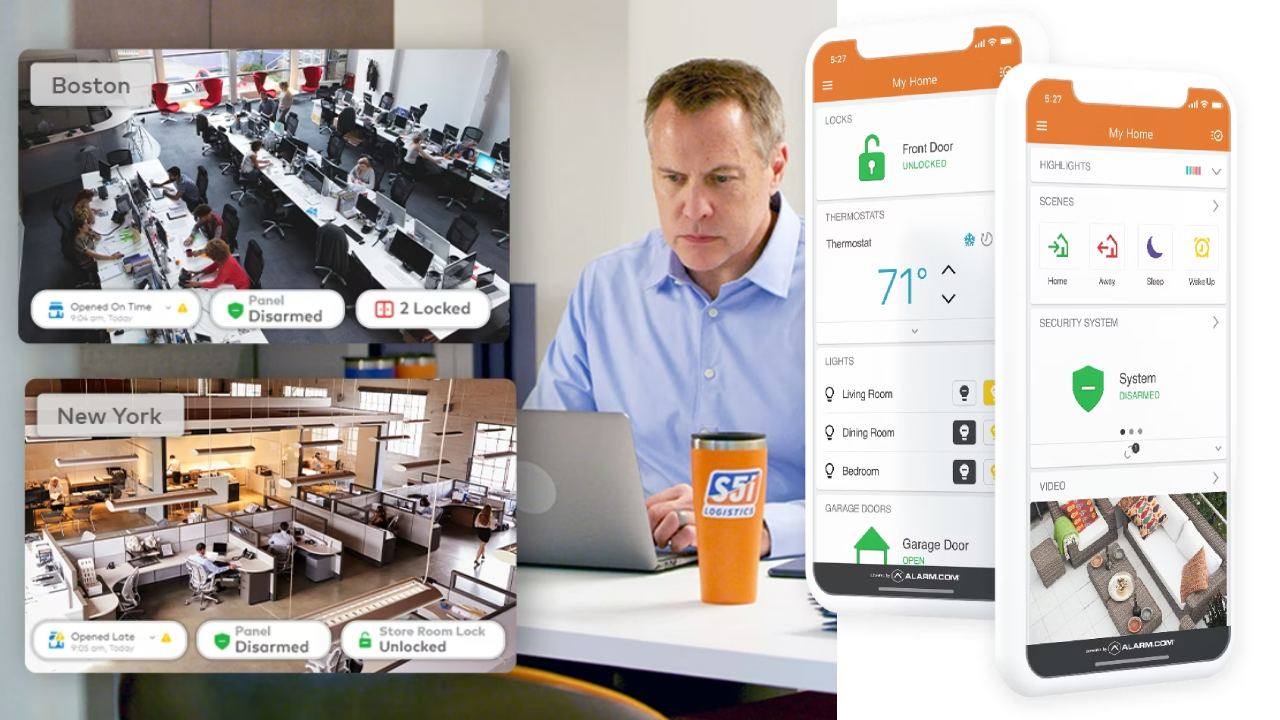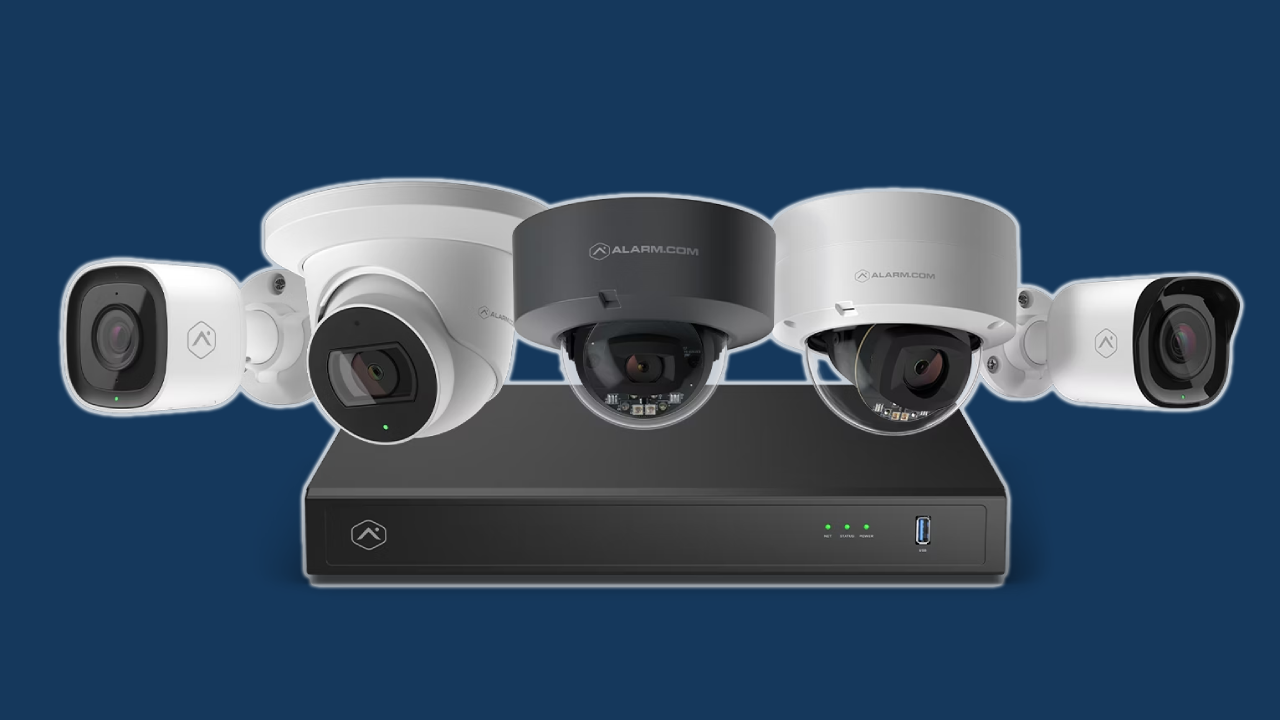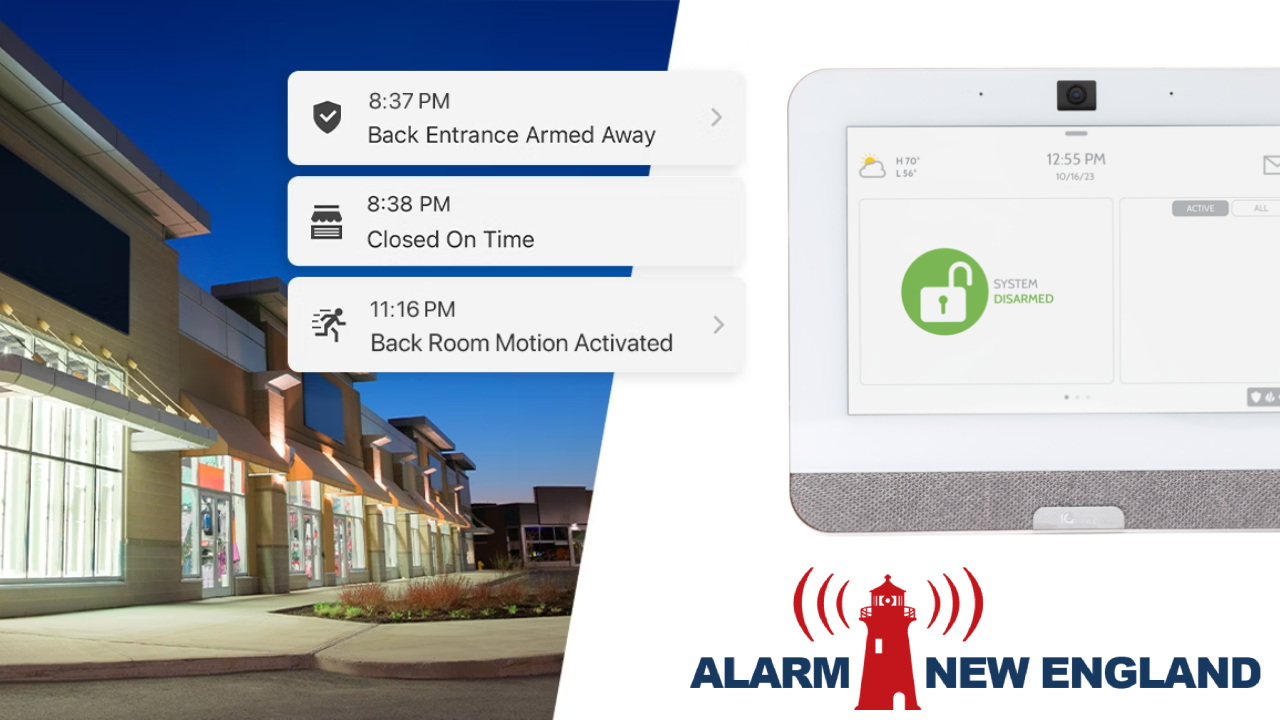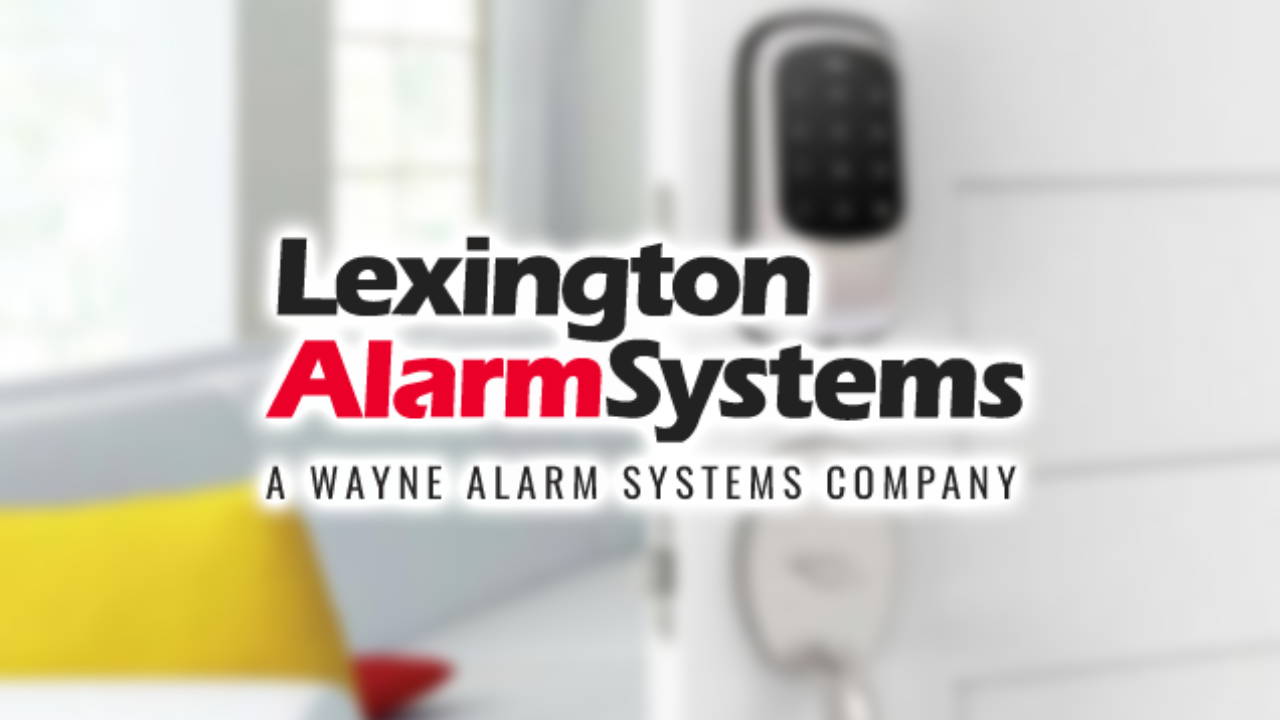Security breaches are a growing concern for businesses and organizations worldwide. In fact, studies show that about 68% of security breaches involve a human element, such as social engineering attacks or simple errors. This highlights the importance of strong access control systems that help minimize risks related to unauthorized access and potential theft. A reliable access control system can provide better security, reduce human errors, and ensure that only authorized individuals can enter restricted areas.
Brivo is a well-known name in the security industry that offers cloud-based access control solutions which simplify security management for businesses of all sizes. Founded in 1999, Brivo has pioneered remote access technology, allowing users to control and monitor entry points from anywhere in the world. Their platform integrates with video surveillance, visitor management, and mobile credentials to provide a complete security solution.
In this article, we will review the best features, pricing, and advantages of Brivo’s access control system. Whether you are looking for a secure way to manage access for employees, monitor entries in real time, or integrate with other security systems, this guide will help you decide if Brivo is the right fit for your company’s needs. Let’s explore how Brivo’s access control solutions work and how they compare to other providers.
About Brivo

Brivo is a leading provider of cloud-based access control systems, helping businesses and organizations secure their facilities with modern technology. Founded in 1999, Brivo was one of the first companies to introduce remote access control, which allows users to manage security from anywhere. Over the years, Brivo has continued to innovate, offering solutions that integrate with video surveillance, visitor management, and mobile credentials.
One of Brivo’s biggest strengths is its cloud-first approach to security. Unlike traditional access control systems that rely on on-site servers, Brivo’s platform operates in the cloud. This makes it easier to manage access permissions, monitor activity, and receive real-time alerts. Using Brivo’s access control solutions, businesses can grant or revoke access instantly, track entry logs, and ensure security without needing complex hardware installations.
What’s more, Brivo’s solutions are used across various industries, including commercial buildings, healthcare facilities, schools, and residential properties. Their system is designed to be scalable, meaning it works for small businesses with a few doors as well as large enterprises with multiple locations. With a focus on ease of use, security, and flexibility, Brivo has become a trusted name in access control. The company’s mission remains protecting lives, assets, and facilities with the best products and services.
Key Features of Brivo Access Control Systems
Brivo offers a range of security features that help businesses control who enters their buildings and when. These tools make security management easier, giving owners and administrators real-time control and visibility. Below are some of the most essential features of their access control systems:
Remote & Mobile Management: One of the standout benefits of Brivo is that users can monitor and control access from anywhere using their smartphones, tablets, or computers. Whether you are at home, in another city, or even traveling, you can grant or revoke access, check door status, and review entry logs instantly. This eliminates the need for physical keys or on-site management.
Real-Time Event Tracking: Brivo’s system records every entry attempt, door unlock, and suspicious activity in real time. Administrators can see who enters specific areas, when they do, and if there are any failed access attempts. This helps businesses quickly spot security threats, such as unauthorized personnel trying to gain entry.
Fluid Access for Mobile-Based Entry: Another standout feature in Brivo Access Control Systems is Fluid Access. This feature allows users to enter buildings without needing a physical keycard. Instead of swiping a badge or using a PIN code, authorized individuals can unlock doors using their smartphones. There’s no risk of lost or stolen keycards, and this reduces potential security breaches.
Role-Based Admin Permissions: Not everyone in a company needs full access. With role-based permissions, administrators can assign different access levels based on roles. For example, employees might only be allowed entry during work hours, while managers can access restricted areas. This prevents security breaches by ensuring that only authorized individuals can enter sensitive locations.
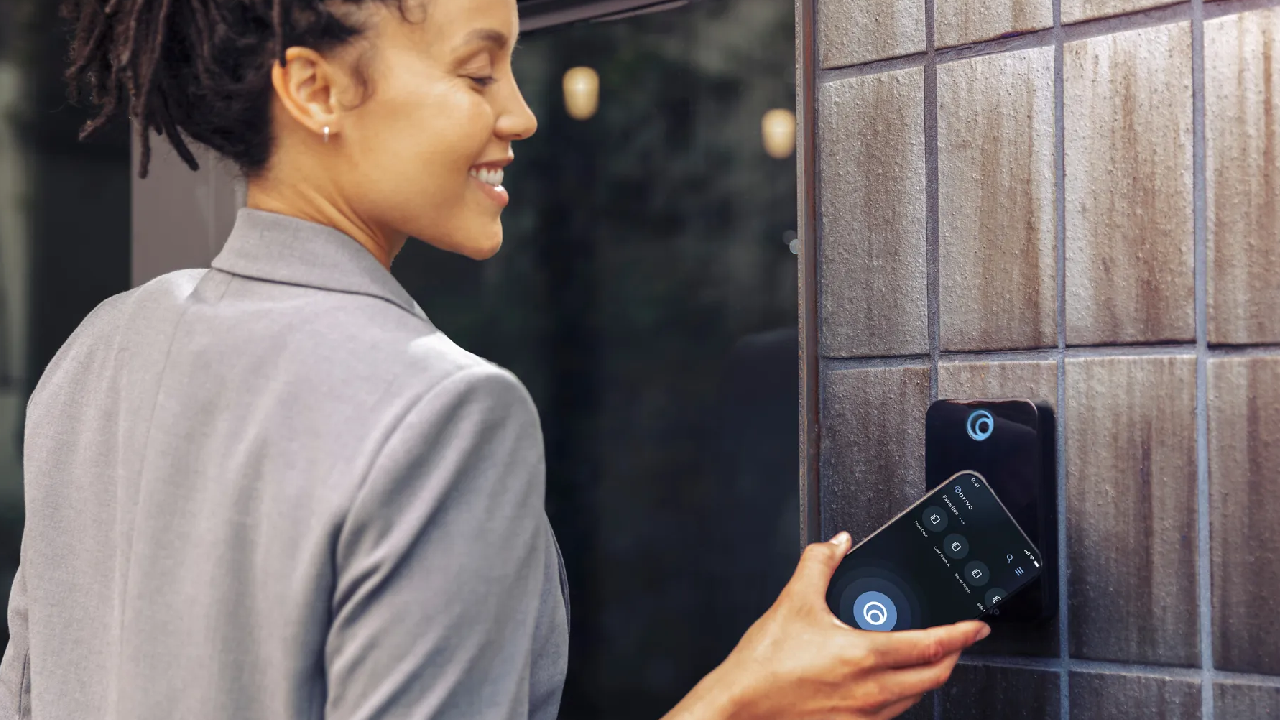
Emergency & Incident Management: Security teams need to respond quickly to emergencies. Brivo logs incidents such as break-ins, unauthorized access attempts, and door tampering. This helps businesses analyze security risks and take action immediately. Alerts can be sent to security staff, which allows them to investigate and handle issues efficiently.
Shared Access & Credentials: Businesses often need to grant temporary access to contractors, visitors, or delivery personnel. Instead of handing out physical keys, Brivo lets companies issue temporary digital credentials that can be easily disabled after use. This eliminates the risk of lost or stolen keys.
Elevator Controls & Floor Plans: Brivo allows organizations to control elevator access by restricting certain floors to specific personnel. For example, only authorized employees can access executive offices or storage areas. The floor plan feature also provides an overview of the facility, helping security teams manage access with a visual layout of entry points.
License Plate Credentials: Some businesses need to control vehicle entry into parking lots or gated areas. Brivo offers license plate recognition, allowing authorized cars to enter without needing a keycard. This is especially useful for corporate parking areas, hotels, and residential buildings.
Brivo’s Broader Security Solutions: In addition to access control, Brivo also supports video surveillance, visitor management, identity verification, and third-party integrations. These features allow businesses to create a fully connected security system that combines access control with monitoring tools for enhanced protection.
Brivo makes security management more efficient, scalable, and user-friendly by focusing on cloud-based technology and automation. Whether for small offices or large enterprises, their solutions provide flexible security options to meet different business needs.
Benefits of Brivo Access Control Systems (The Pros)
Brivo’s cloud-based access control system comes with several features that enhance security while making management more effortless. Here are some of the most significant benefits:
- Automated Access Control – With role-based permissions, businesses can assign specific access levels to employees based on their responsibilities. For example, managers can enter restricted areas while regular employees may only have access to shared spaces. This reduces security risks and ensures that only authorized personnel can enter certain areas.
- Manage Entry Anytime, Anywhere – One of the most convenient features of Brivo is that administrators can manage access from anywhere using their phone or computer. Whether you’re in the office or miles away, you can lock or unlock doors, adjust permissions, and track activity in real time without needing to be on-site. This makes security much more flexible.
- Instant Notifications for Suspicious Activity – Also, Brivo keeps a detailed record of who enters and exits a building and when. If unauthorized access is detected, instant alerts notify security personnel, allowing quick responses to potential threats. This real-time monitoring helps prevent break-ins and unauthorized entries before they become a problem.
- Scalable for Businesses of All Sizes – Whether you need access control for a small office, a multi-story building, or several locations, Brivo’s system can grow with your needs. You can easily add new doors, users, or locations without having to install entirely new hardware. This makes it cost-effective for expanding businesses.
- Integration with Video Surveillance – Security doesn’t stop at access control. Brivo integrates with video surveillance. This allows businesses to review footage alongside access logs. Also, it makes it easy to verify suspicious activities and ensure that doors aren’t just opened by the wrong person but monitored visually as well.
Brivo’s automated, smart access control system provides flexibility and ease of use. This makes it an excellent choice for businesses looking to enhance their security measures without adding unnecessary complications.
Drawbacks of Brivo Access Control Systems (The Cons)
While Brivo offers many benefits, like any system, it has a few limitations that businesses should consider before committing:
- Subscription-Based Pricing – Brivo’s cloud-based model requires ongoing subscription fees, unlike traditional systems that often have a one-time purchase cost. Some businesses may find this more expensive over time, especially for larger operations with multiple locations.
- Internet Dependency – Since Brivo is cloud-based, it relies on a stable internet connection to function properly. If the network goes down, remote access features may be temporarily unavailable, requiring backup solutions to manage security during outages.
- Learning Curve for New Users – Although Brivo is designed to be user-friendly, some businesses may require training for administrators to fully understand all the system’s capabilities. Role-based permissions, visitor access management, and integrations can be complex if not properly configured.
- Compatibility Limitations – While Brivo integrates with many security platforms, it may not work with certain legacy access systems. Businesses with older hardware may need additional upgrades to take full advantage of Brivo’s features.
- Limited Customization for Some Users – While Brivo offers standard access control features, businesses with highly specific security requirements may find that customization options are somewhat limited compared to fully customizable on-premise solutions.
Despite these drawbacks, Brivo remains one of the leading cloud-based access control systems, offering strong security, real-time monitoring, and easy management for businesses. The key is to evaluate whether its features align with your needs and whether the benefits outweigh these potential limitations.
Research and Reviews – Brivo vs. Avigilon Alta
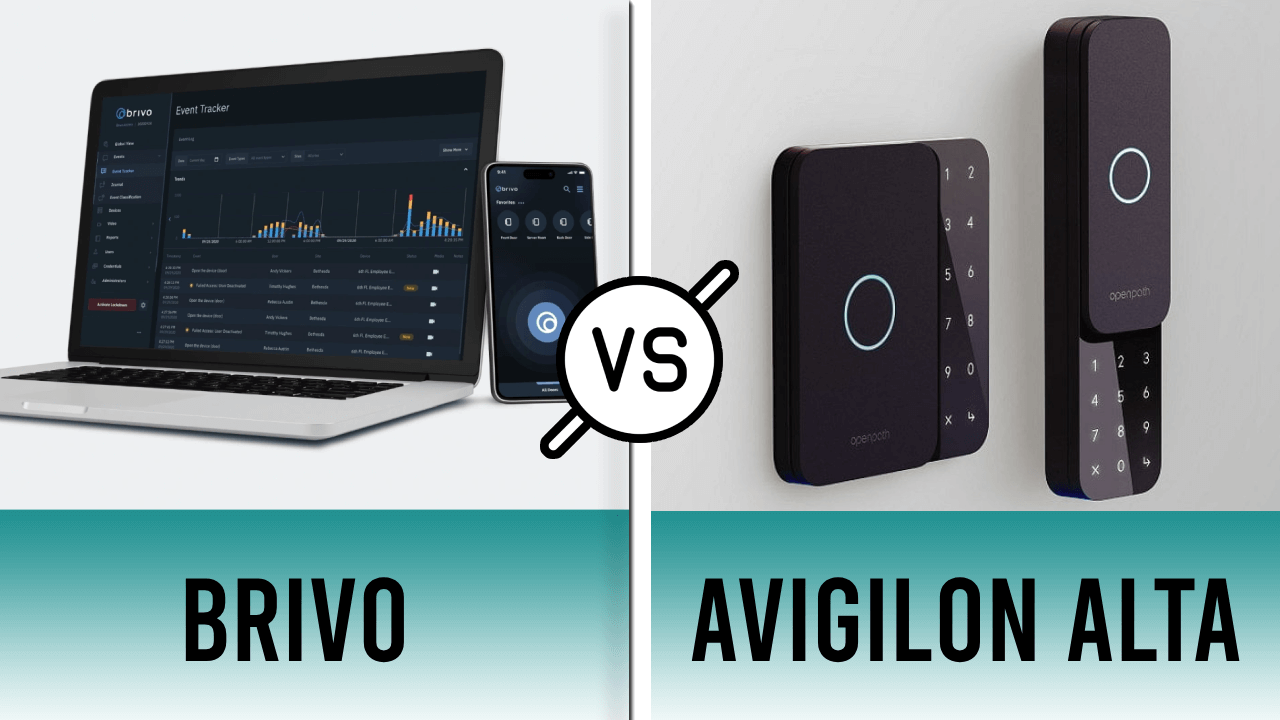
Brivo and Avigilon Alta are two well-known names in the security industry. G2’s article compares Avigilon Alta vs. Brivo in a variety of categories. Our takeaways about the comparison are below.
Brivo vs. Avigilon Alta
Brivo specializes in cloud-based access control, helping businesses manage who enters their buildings with remote access, mobile credentials, and real-time monitoring. Avigilon Alta, on the other hand, is more focused on video surveillance, offering high-resolution cameras with AI-powered analytics to detect unusual activity.
Ease of Use & Setup
Brivo is praised for its user-friendly setup, with a 9.5 rating for ease of installation. Businesses can quickly configure access permissions and monitor activity through a simple cloud-based dashboard. Avigilon Alta also offers strong usability, but some users find its setup slightly more complex due to the advanced camera configurations.
Security & Data Protection
Avigilon Alta has a higher security rating (9.6) compared to Brivo’s 8.0 rating for security and data protection. This suggests that Avigilon’s AI-powered video surveillance provides stronger security measures, while Brivo’s access control system may require additional security layers for data protection.
Integrations & Features
Brivo excels in third-party integrations, scoring 9.4 for connectivity with other security tools. This makes it easy to combine access control with video surveillance, visitor management, and identity verification. Avigilon Alta also supports integrations, but Brivo offers more flexibility when connecting with different platforms.
Which One Is Better?
Choosing between Brivo and Avigilon Alta depends on your security needs. If you need strong access control with cloud-based management, Brivo is a great choice. If video surveillance and AI-powered analytics are your priority, Avigilon Alta may be the better option. Some businesses even combine both systems for a complete security solution.
Brivo Pricing – How Much Does It Cost?
Brivo offers different pricing plans based on the size and needs of a business. Instead of a one-time purchase, Brivo operates on a subscription-based model, meaning businesses pay monthly or yearly fees for access control services.
Brivo Access Editions
Brivo provides four main pricing tiers:
- Standard Edition – Basic access control features, including event tracking, user management, and facility lockdown. The package also offers video surveillance integration.
- Professional Edition – This edition adds occupancy tracking, API integrations, and visitor management for businesses that need more control.
- Enterprise Edition – Designed for large organizations, the enterprise edition offers features that are specially designed to secure and manage a large number of sites, such as anomaly detection, global view, and other advanced security tools.
- Multifamily Edition – Tailored for residential properties, the multifamily edition supports up to 30 administrators and 500 mobile passes. It also integrates with a full suite of property management systems.
Factors Affecting Cost
The price of a Brivo system depends on several factors, including:
- Number of doors and locations – More doors require additional hardware and higher subscription costs.
- Features & integrations – Advanced security tools like license plate recognition and video surveillance may increase pricing.
- Subscription length – Businesses can choose monthly or yearly plans, with discounts for long-term commitments.
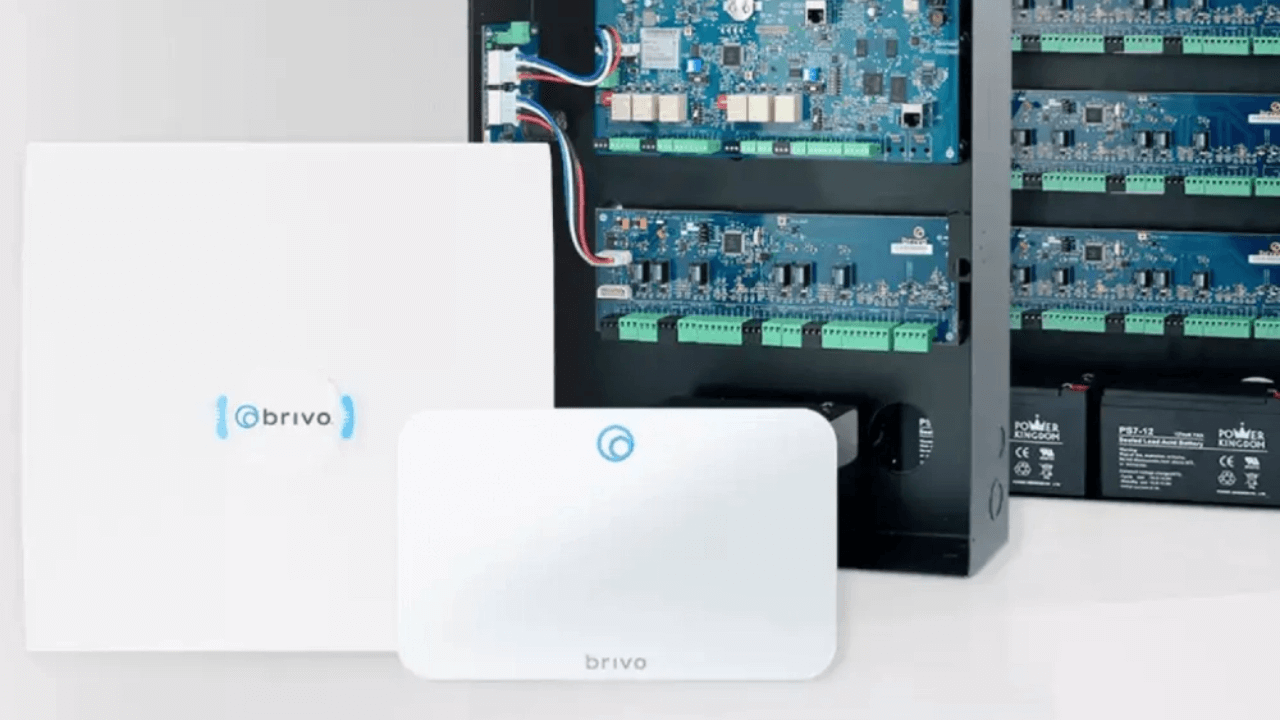
Final Thoughts and Our Recommendations
In conclusion, Brivo is an advanced cloud-based access control system that helps businesses manage security efficiently. With features like remote access, automated permissions, fluid access, and real-time monitoring, it provides a secure and flexible way to control entry points. Its ability to integrate with video surveillance and visitor management makes it a comprehensive security solution for different industries.
While it has some drawbacks, such as subscription-based pricing and reliance on internet connectivity, its benefits often outweigh these concerns for businesses looking for a modern, scalable security system. Hence, if your business needs a simple yet powerful way to control access, reduce security risks, and manage entry remotely, Brivo is a strong choice.
Frequently Asked Questions
- How secure is Brivo?
- Brivo uses advanced encryption and cloud security measures to protect access data. It also supports multi-factor authentication and real-time event tracking to prevent unauthorized entry.
- Is Brivo cloud-based?
- Yes, Brivo is a fully cloud-based access control system. This allows users to manage security remotely without needing on-site servers.
- What is Fluid Access on Brivo?
- Fluid Access is Brivo’s mobile-based access control feature that allows users to enter buildings without physical keycards by using their smartphones.
- Can Brivo integrate with other security systems?
- Yes, Brivo supports third-party integrations, including video surveillance, identity management, and visitor tracking, making it a complete security solution.
- Is Brivo worth the cost?
- Brivo’s cloud-based model reduces maintenance costs by eliminating on-site servers. While subscription fees may be higher than traditional systems, businesses benefit from automatic updates, remote access, and real-time security monitoring.

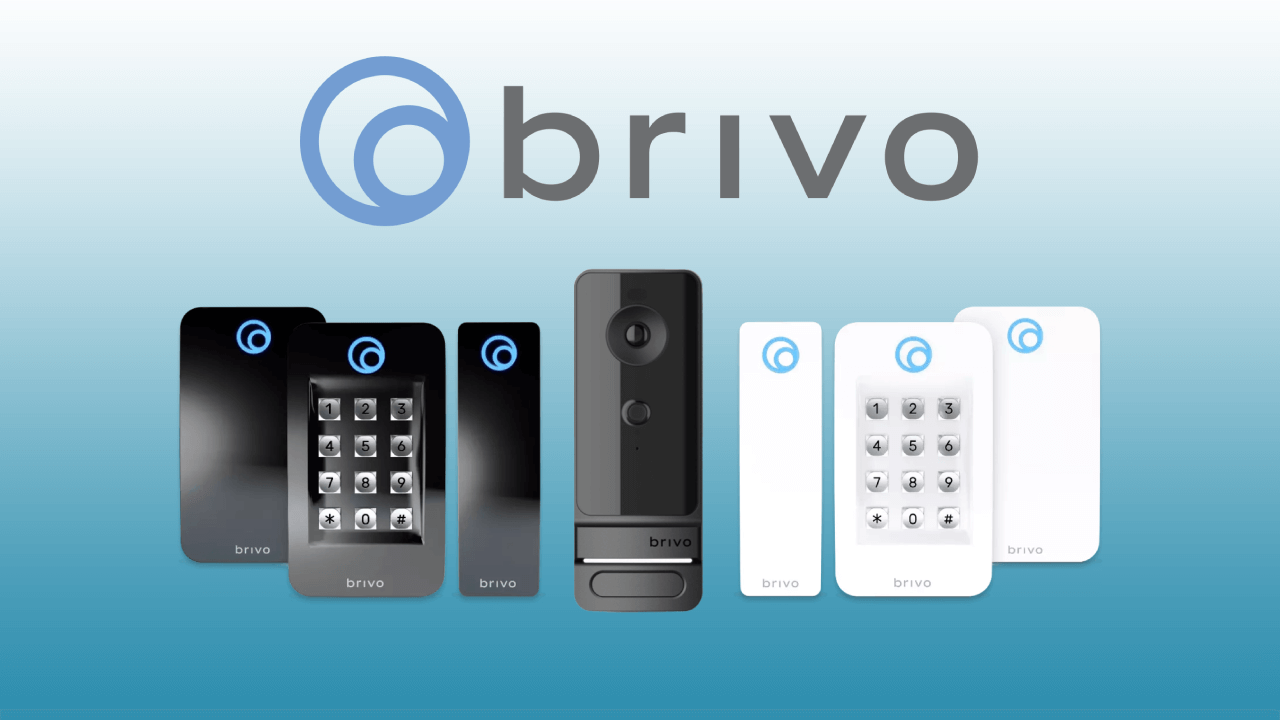
![The Best Small Business Fire Alarm Systems [2025]](https://alarmnewengland.com/wp-content/uploads/fire-alarm-system-for-small-business.png)
